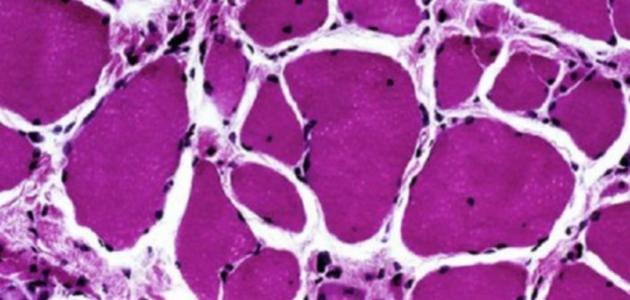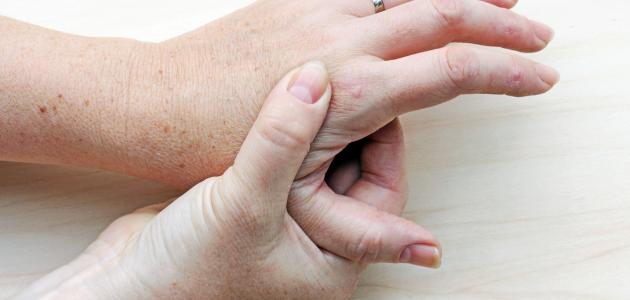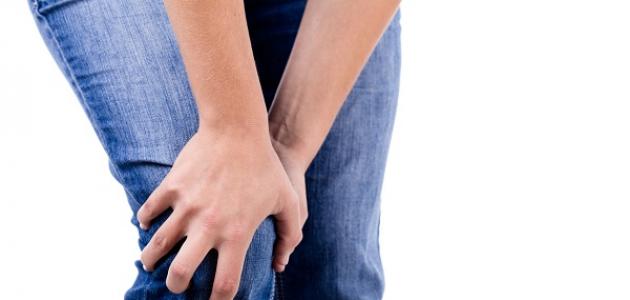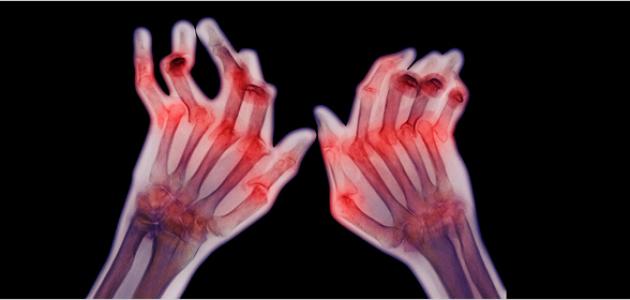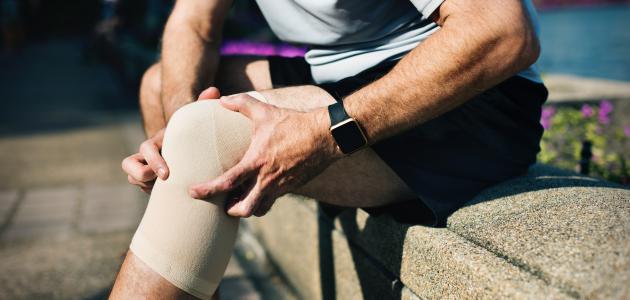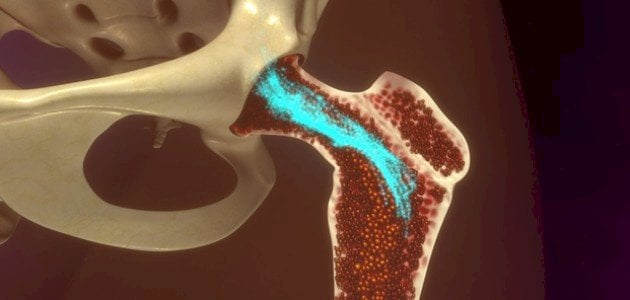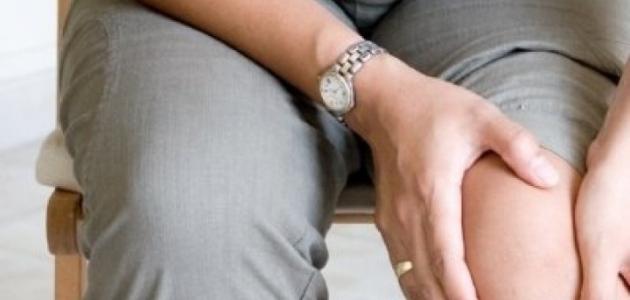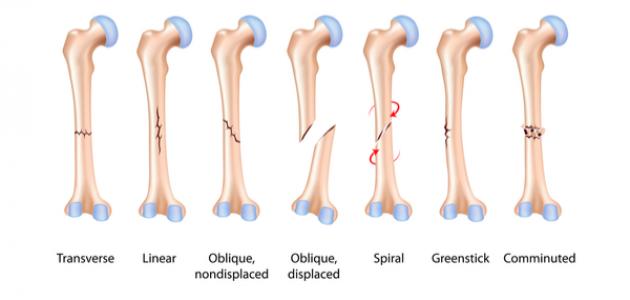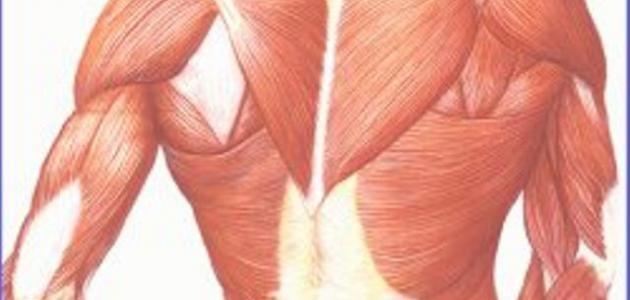Groin pain
The thigh is located at the top of the leg, specifically in the area between the hip joint and the knee. It is common to feel pain in the thigh area. This pain may occur suddenly, or it may gradually increase over time. It is also possible for this pain to impede movement. The person faces difficulty while practicing some motor activities, such as climbing the stairs, running, or even walking.
Causes of thigh pain
There are many reasons behind thigh pain, and among these reasons the following can be mentioned:
- The spinal nerve is exposed to compression, which may occur as a result of a herniated disc (spinal disc herniation), or arthritis in the lower back.
- The groin area is exposed to injuries.
- Iliotibial band friction syndrome.
- Spinal stenosis (in English: Spinal stenosis); It is a health problem that occurs as a result of the spinal nerve being exposed to pressure, which is caused by the bones that make up the spine.
- Exposure to a stroke.
- Formation of a blood clot in the lower leg or thigh.
- Inflammation of the tendon in the knee muscles (in English: Hamstring); Tendinitis occurs in this area as a result of the thigh muscles being exposed to excessive and continuous pressure.
On the other hand, a person may experience pain that is concentrated in the upper thigh area only, and this happens for several reasons, the most important of which are:
Read also:Right shoulder pain- Meralgia paresthetica.
- Diabetic neuropathy.
- Deep vein thrombosis.
- Iliotibial band syndrome.
- Exposure to muscle stress.
- Suffering from fibromyalgia (in English: Fibromyalgia).
- Having arthritis.
Treatment of groin pain
Treatment of thigh pain depends on the direct cause that led to the appearance of this pain, and among the treatment options that can be resorted to in this case are the following:
- Use hot or iced compresses and gently massage the area.
- Taking pain-relieving medications.
- the physical treatment.
- Use blood thinners, if the pain is caused by the formation of a clot in the leg.
- Taking diabetes medications; To prevent nerve damage.
- Surgical treatment, if muscles, ligaments, and tendons are damaged.
- Resorting to the use of medications; To treat chronic cases of arthritis and fibromyalgia.

